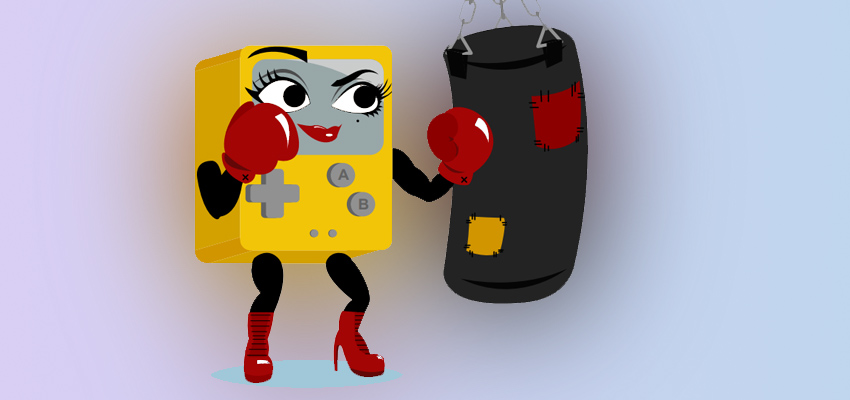When Connie Fu first started pursuing her passion in Algonquin College’s game development program in April 2012, she found her projects were sometimes mired by the opinions of men. At the time, the Budge Studios game developer was being underestimated constantly.
“Whenever I did something exceptional, people were a little too surprised and some people seemed to take my success negatively,” says Fu.
This sort of attention is a common experience for women in the world of game development.
What started off as a simple hashtag in 2014 quickly went on to become one of the most bitter crusades in internet history. The harrassment campaign known as “#gamergate” embodied a type of prejudice and hatred towards women and gender minorities in video game culture. Under the veil of promoting “ethics in video game journalism,” members of this “movement” went on to vilify and leak personal data of certain women and their entire families. As vocal as this cacophony of misogyny may have been, Gamergate’s vision of game culture without women was an utter failure. If anything, the hate group’s attempts to scare off women made their art louder and prouder.
Kezia Adamo is a programmer for Studio MDHR, an independent studio that’s currently working on Cuphead, a run-and-gun game that takes artistic inspiration from the works of Max Fleischer and 1920s cartoons in general. Her foray into game development began in her teens with the game-making tool RPG maker. After spending some time in a marketing program, she decided to flex her creative muscles and pursue her passion for video games.
You’d think she would fit in perfectly with Algonquin College’s game development program, but Adamo says that expectations of her as a woman were made clear “kind of immediately.” In her first year of the program, Adamo was subject to a lot of unwanted gazes from the male students in her class.
“There were a lot of thirsty boys, typically wanting to be around gamer-girls,” she says. “You just have to adjust and find communities that respect you.”
As far as Fu’s education went, she was conflicted between her interests in arts
and sciences – subjects that are often perceived to be mutually exclusive. In the end, she didn’t have to commit to either side since she found her path in Algonquin College’s game development program, which combines the best of both worlds. Yet, Fu was forced to endure men trying to speak over her, and continually brushing off her opinions to prioritize their own. She turned the tide by taking on more leadership roles in order to rise above it all.
“As the industry continues to mature, we’ll see a more diverse group of people making games.” –Tara Phillips, art director at Snowed In Studios
The challenges Adamo and Fu faced illustrate the depth of the Gamergate issue. It was an assembly of men wanting to keep video game culture as a boy’s club, regardless of how many women have been part of the community since its inception. Clearly, this was a failed attempt to combat diversity in the industry. So where does video game culture stand now?
“Things are only getting better and will continue getting better as time goes on,” says Adamo. She hasn’t experienced much discrimination since she began working in the industry at Studio MDHR.
These sentiments are echoed by Fu, who started her career a year ago.
“In this day and age, I find it’s expected for people to be treated equally,” she says. Fu does note a lack of women in the industry but sees the public image changing. “More young girls are interested in becoming developers,” says Fu. “Mattel even released a game developer Barbiedoll. I don’t think it’s that abnormal to see female
developers anymore.”
Art director for Snowed In Studios, Tara Phillips, considers herself lucky to have never felt unwelcome in her five years in the industry.
“I have been made to feel extremely valuable for my unique perspectives,” says Phillips. “I think it’s as much about the culture of your studio as it is about what gender or race you are. The indie scene, in particular, is brimming with bright, diverse examples of games that show a much broader range.” Phillips is a mentor for Girl Force, a non-profit organization that aims to build a community for women and non-binary people to learn the basics of game design. “We want to give them the tools to be able to start making their own games while providing an inclusive, comfortable environment to foster learning,” says Phillips.
Despite the adversity women in the video game industry face, women like Adamo and Fu continue to make great strides. And with initiatives like Girl Force, Phillips, and her colleagues are passing on their wisdom to a new generation of creative women. Through her work in Girl Force, Phillips hopes to “break down some of the preconceived notions that only guys make games.” Phillips remains eternally optimistic, however. “As the industry continues to mature,” she says, “we’ll see a more diverse group of people making games.”

